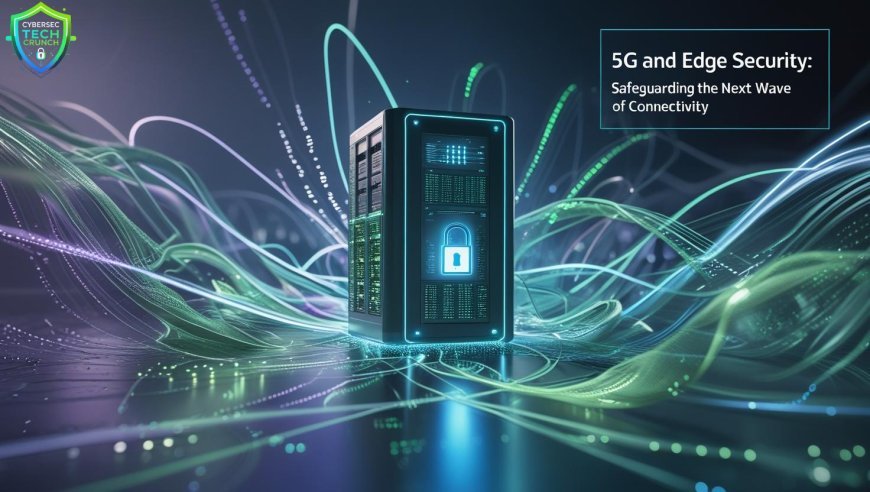5G and Edge Security: Safeguarding the Next Wave of Connectivity

5G and Edge Security: Safeguarding the Next Wave of Connectivity
The arrival of 5G and the rise of edge computing are reshaping the digital world at a pace few could have imagined. Faster speeds, lower latency, and real-time responsiveness are unlocking everything from autonomous vehicles and remote surgeries to immersive augmented reality and smarter factories. But with this leap forward in connectivity comes a parallel challenge-how do we secure a network that’s no longer centralized and a world where every edge device becomes a potential target?
5G isn’t just a faster version of 4G-it’s a complete reimagination of how networks are structured and how data flows. Instead of routing everything through a central data center, 5G supports a distributed model, where data can be processed closer to where it’s generated-at the “edge.” This is what makes edge computing so powerful. A smart camera analyzing footage in real time or a sensor on a factory floor making autonomous decisions doesn’t need to wait for instructions from a far-off cloud-it can respond immediately.
But this very decentralization introduces security concerns. The more devices you have at the edge, the more entry points there are for attackers. Unlike traditional data centers that are protected by layers of defense, edge devices are often deployed in remote, less secure environments. They might lack physical security, run outdated software, or have limited computing power that prevents them from hosting advanced security tools. Once compromised, these devices can serve as launchpads for deeper attacks into the broader network.
5G networks themselves also introduce complexities. The software-defined nature of 5G-where functions are virtualized and network slices are created for specific use cases-adds flexibility but also opens up new vulnerabilities. A flaw in one slice could potentially be exploited to impact others. And with the growing use of open-source software and third-party components, the supply chain becomes yet another area of concern.
Moreover, traditional security models that rely on perimeter defense struggle in this new landscape. With data flowing across countless edge nodes, dynamic network segments, and multi-cloud environments, the perimeter is not just blurry-it’s practically gone. What’s needed instead is a security model that is built into the architecture from the start-one that assumes no part of the network is inherently safe and continuously verifies trust.
To meet these challenges, organizations must rethink their approach. They need visibility into all edge devices, automated threat detection that works in real time, and robust identity management that ensures only verified users and devices have access. Encryption of data both in transit and at rest becomes non-negotiable. And collaboration between telecom providers, device manufacturers, and enterprise IT teams is essential to build a secure ecosystem.
The power of 5G and edge computing is undeniable-it’s ushering in an era of possibilities we’ve only just begun to explore. But innovation cannot come at the cost of security. As we build the future, we must do so with our eyes wide open, securing the edges even as we race toward the horizon.

























